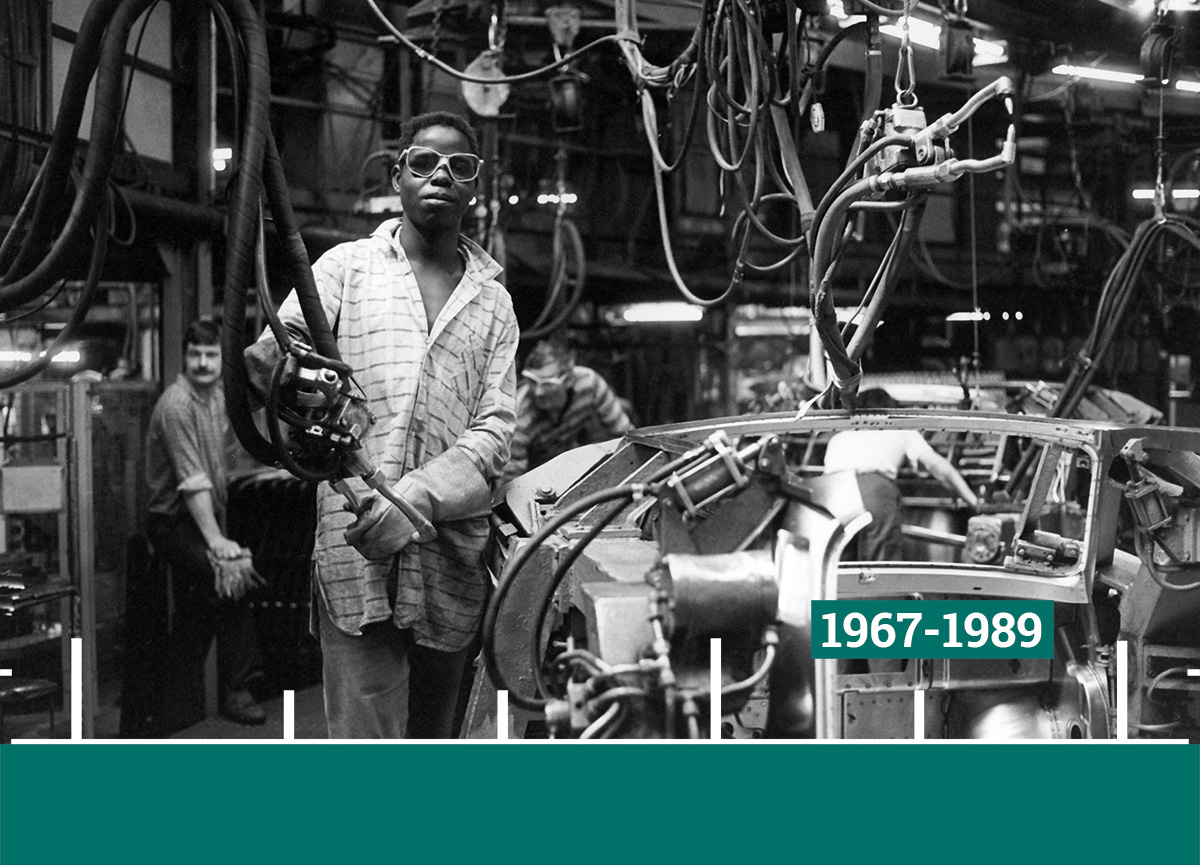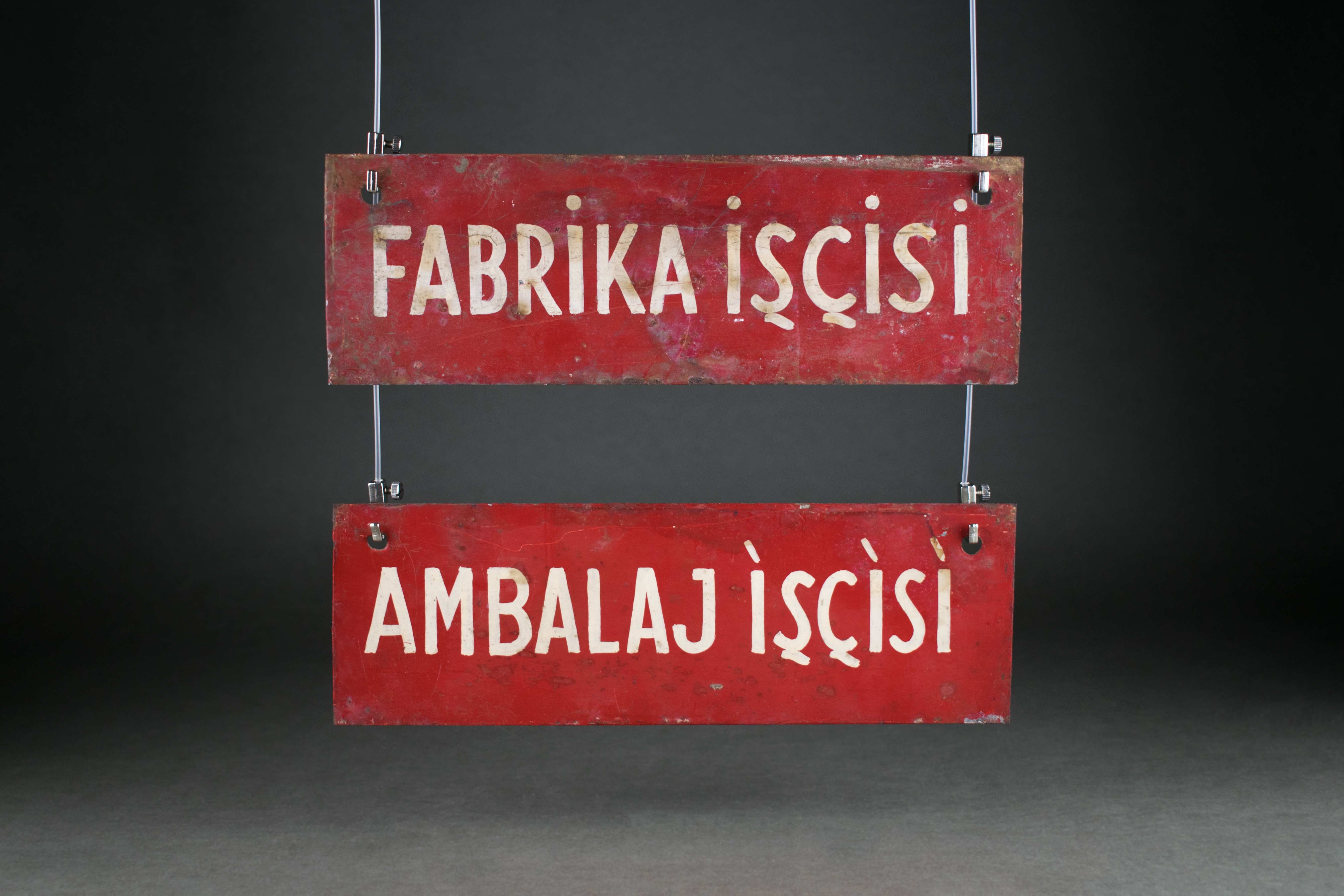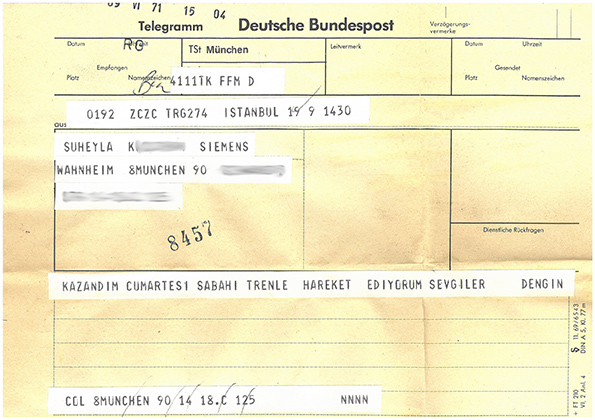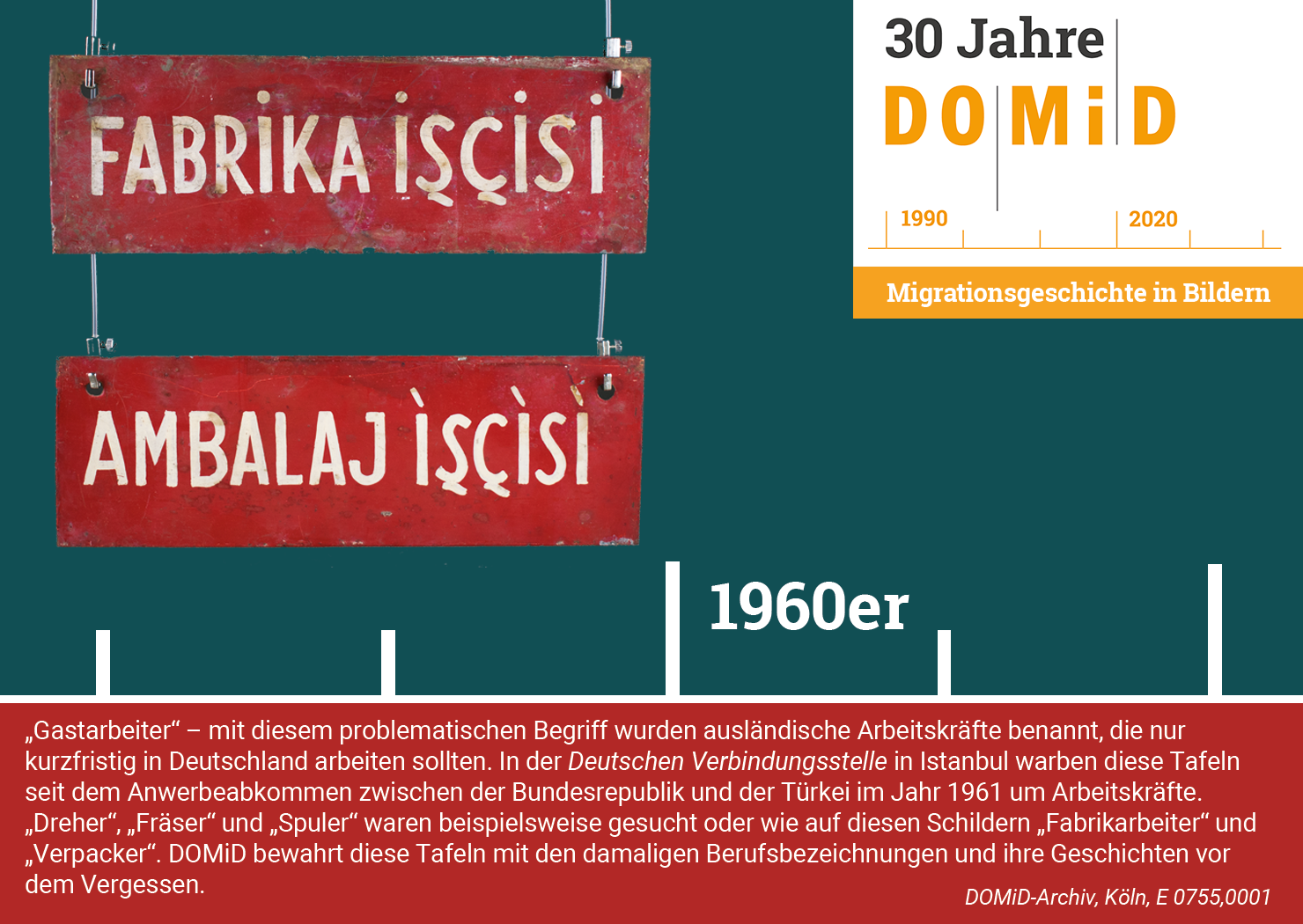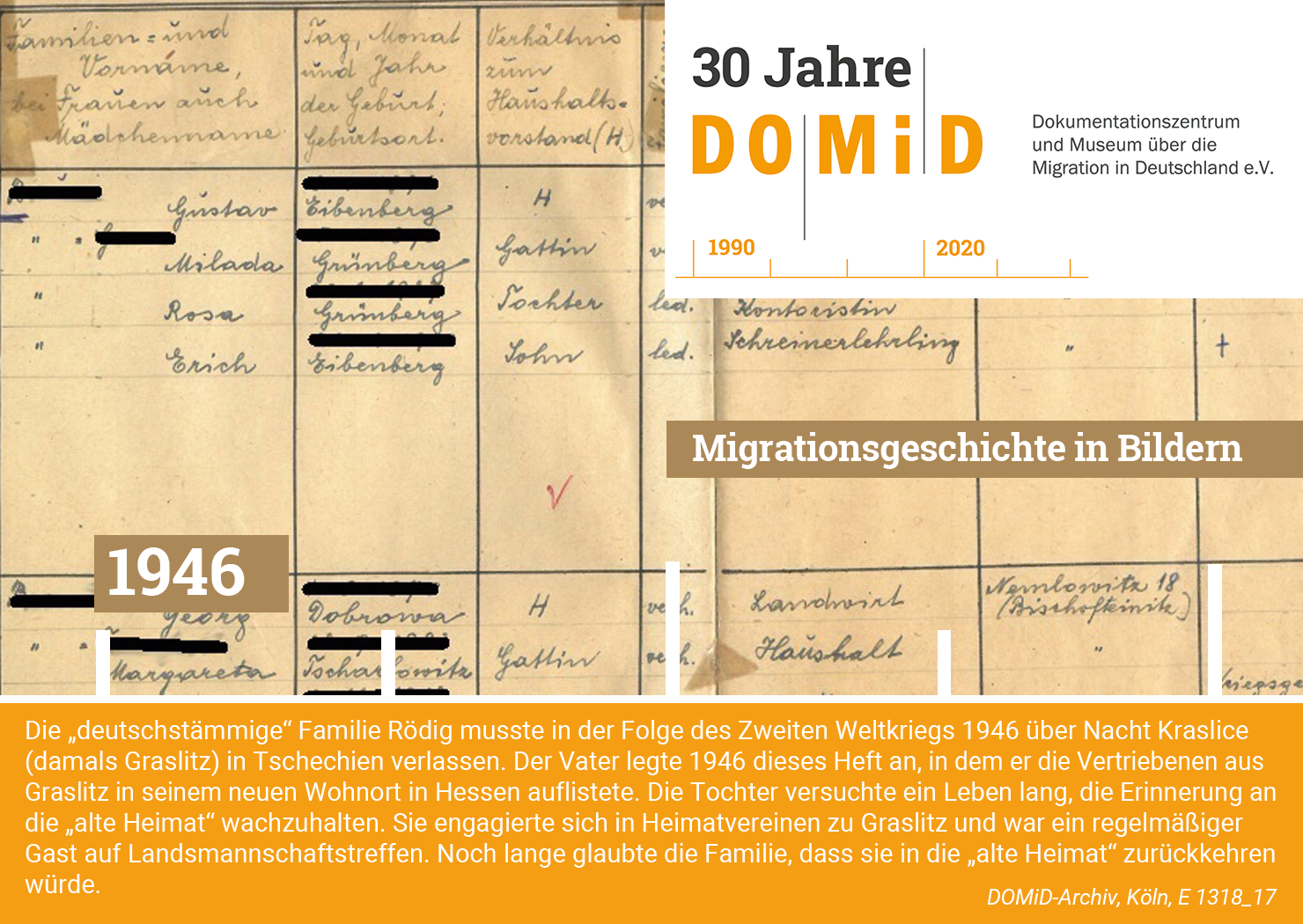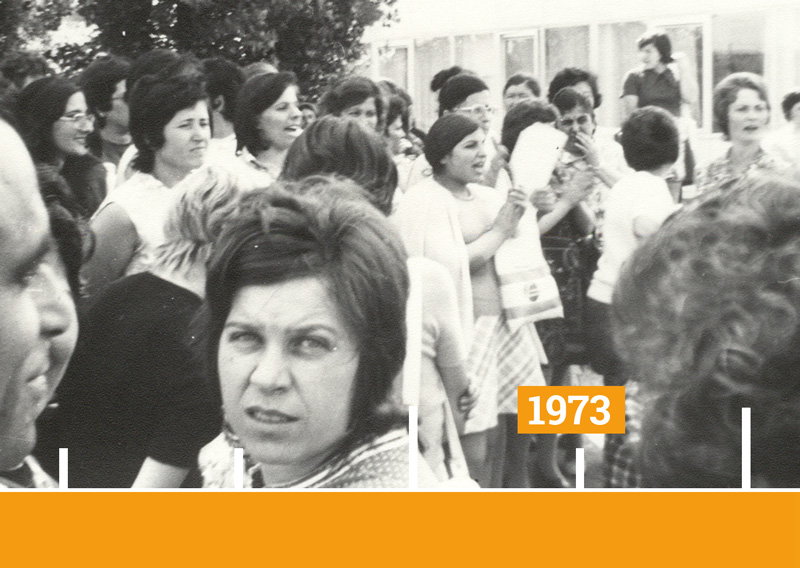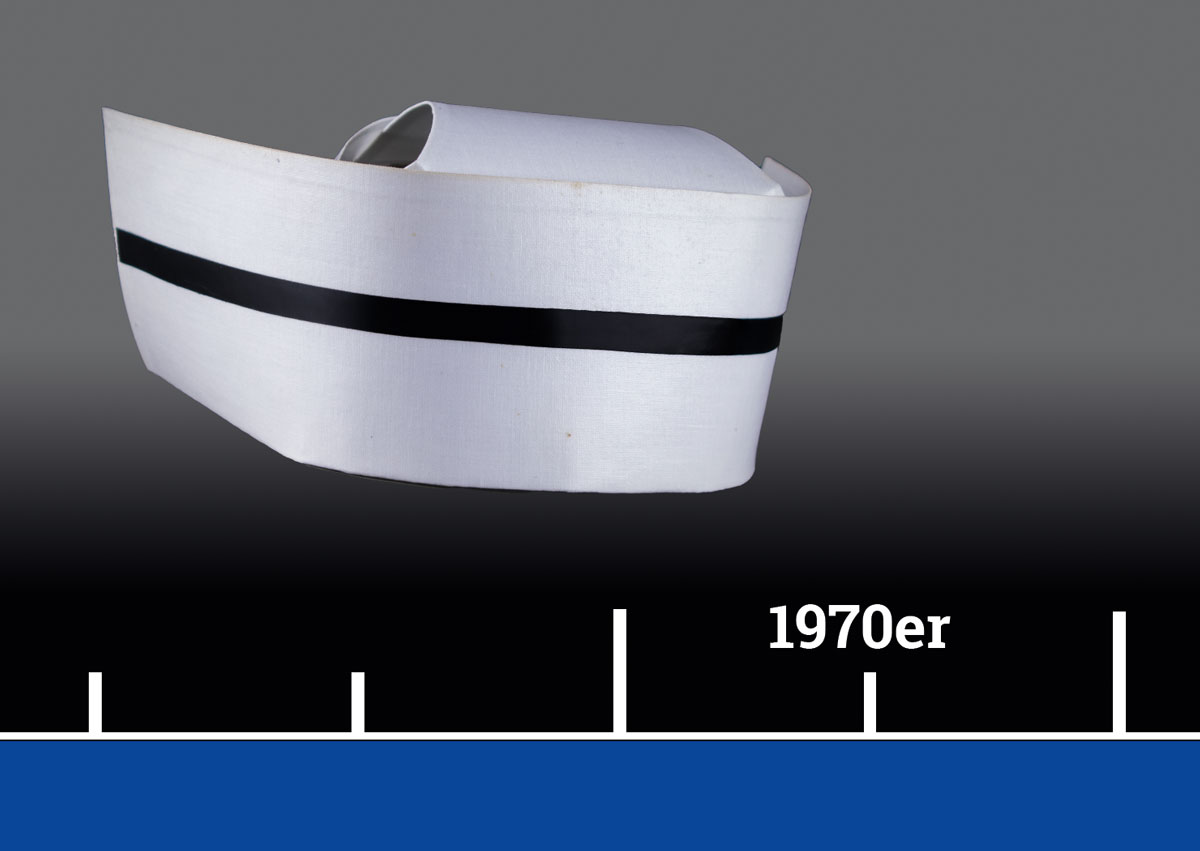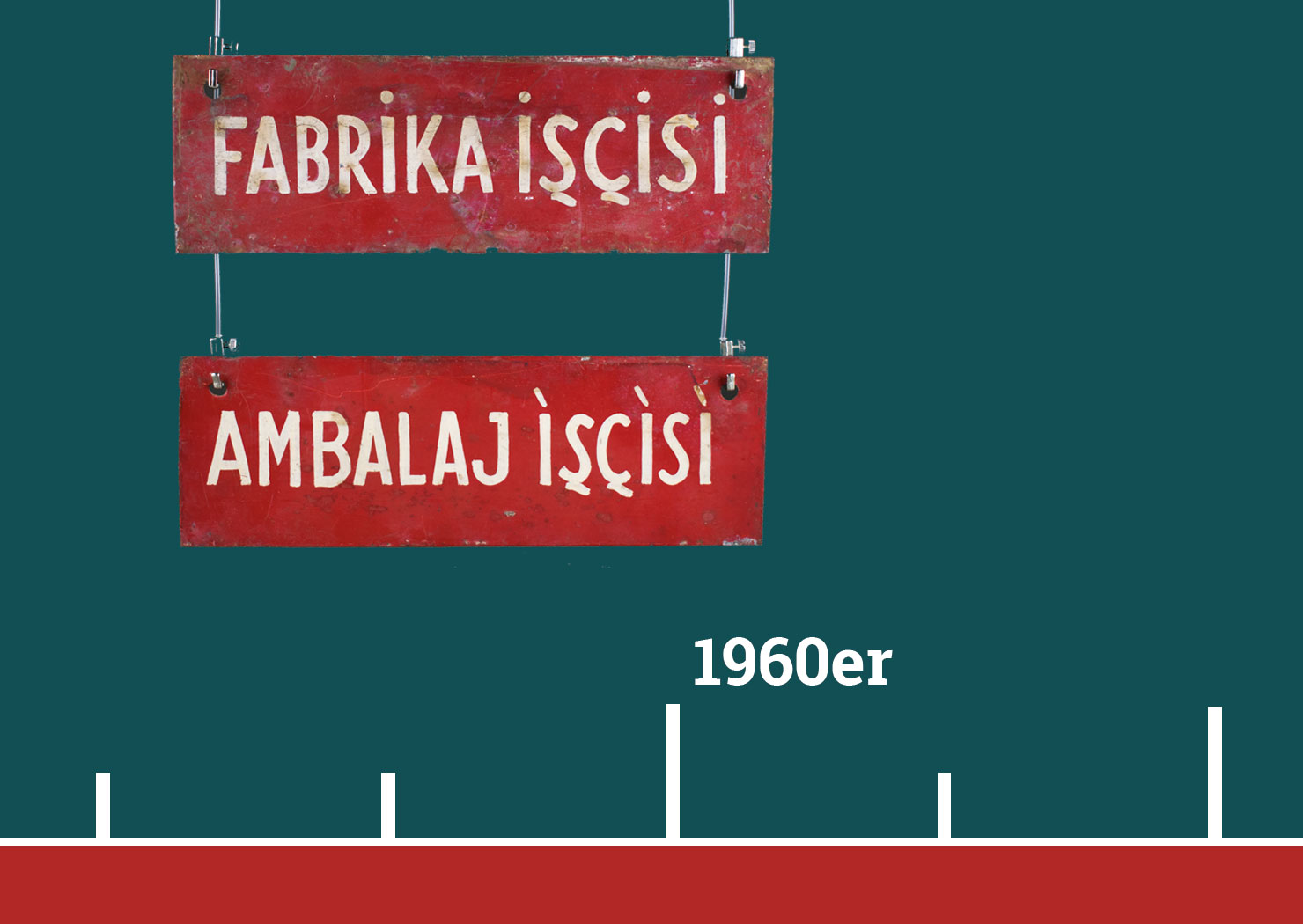The recruitment process was fraught with hurdles: once foreign workers applied, they first had to undergo a strict health check. In addition, the German Federal Employment Service meticulously checked, on a case-by-case basis, whether there might be suitable German candidates for the respective recruitment concerns of a company (“national resident”). If this was the case, they were preferred as workers. Otherwise, the companies could choose from which country they wanted to recruit the required male or female workers.
Migration thus becomes an aspect that can be controlled and regulated.
The regime of "guest work" in Germany led to a "stratification" of the world of work. While the migrant workers took over the unpopular and poorly paid work in heavy industry, road or underground construction, the German employees rose to foremen by virtue of an “elevator effect”. Inequalities have been reinforced. Solidarity and a common commitment to better employment relationships were hardly possible.
